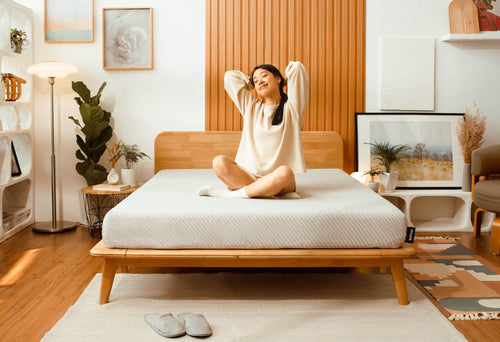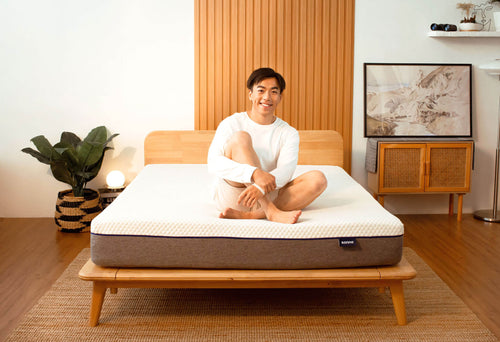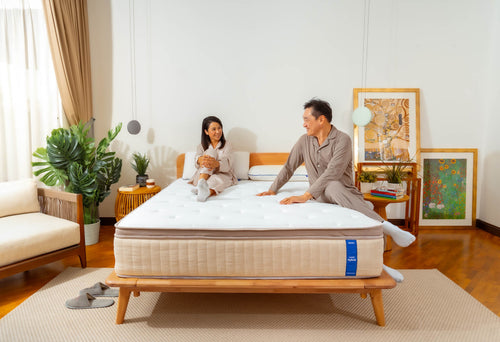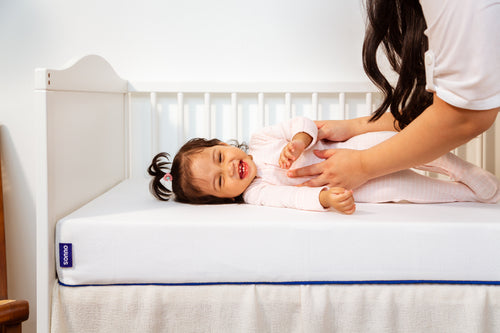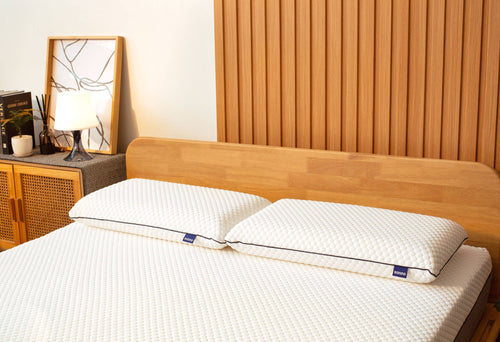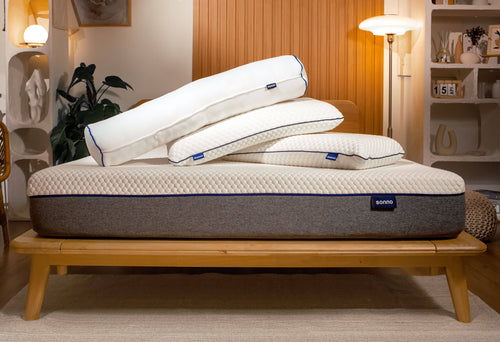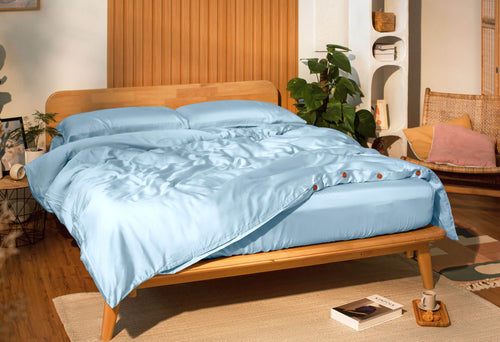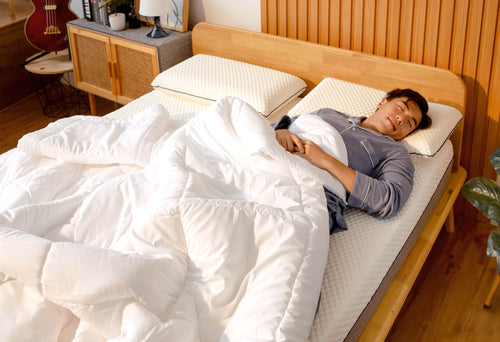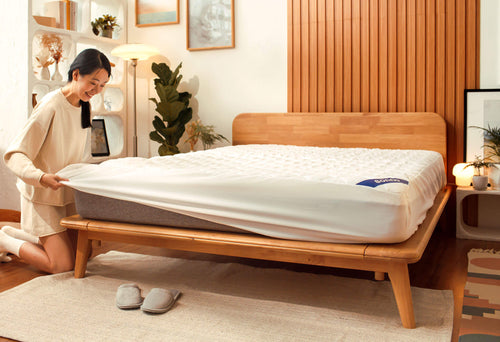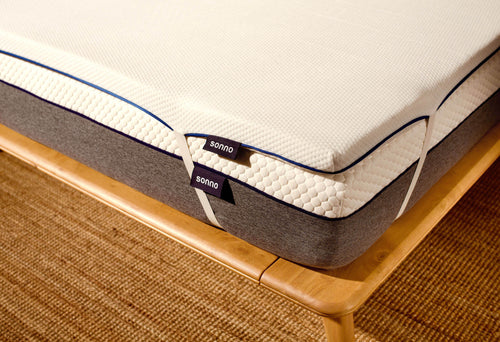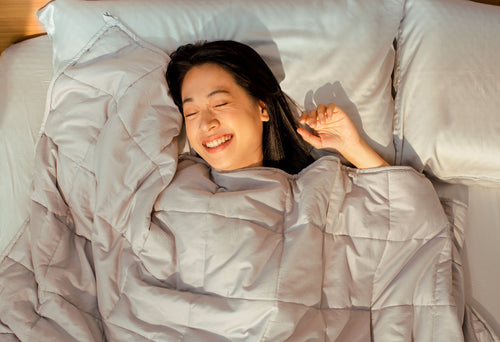
Sleep. It's something we all need to do in order for our bodies to function normally. So what can you do if you find you aren't sleeping, or aren't sleeping properly? Here we look at some of the most common conditions that lead to sleepless nights, and how to sleep better.
Sleep Paralysis
Whilst sleep paralysis may not cause sleepless nights, it can be considered one of the most frightening sleep experiences. Sleep paralysis is essentially when your mind is awake, but your body is not.
Sleep paralysis usually occurs at one of two times during the sleep cycle but is most common during REM sleep. As you fall asleep your body relaxes and you become less aware. However, in some cases, you may remain aware, or become aware while you fall asleep. When this happens, you may find you are unable to speak or move, which can be incredibly frightening, but it is not dangerous. As a result, many people experience anxiety about falling asleep in following nights which can lead to a sleepless night in the long run.
During sleep, your body alternates between two phases of the sleep cycle: REM (rapid eye movement) and NREM (non-rapid eye movement) sleep. If you become aware before the REM cycle has finished, you may suffer from the effects of sleep paralysis.
Insomnia
Insomnia is a recurring inability to fall asleep or stay asleep, leading to a number of consecutive or common sleepless nights. Insomnia not only affects your ability to function but can also affect your mood and increase the risk of poorer health, struggles at work, relationship difficulties and an overall poorer quality of life. Whilst almost a quarter of people may suffer from sleep paralysis, Insomnia is potentially the most common of sleep disorders.
Insomnia has many different causes and is mostly a product of some underlying health issue such as stress, anxiety or chronic pain. Often insomnia needs to be treated by treating the underlying cause that is preventing you from sleeping. You may be recommended for behavioural therapy to address your anxieties and develop relaxation techniques. If you find you are suffering from insomnia on a regular basis, your doctor may also suggest you try prescribed sleeping pills.
So, if you find you are suffering from either of these or other sleep disorders that are causing you to suffer from sleepless nights, there are a number of things you can do to improve how you sleep. By making a few changes to your lifestyle and behavioural habits, you could soon see a vast improvement in the way you sleep.
Here are our top tips on how to sleep better:
-
Stick to a strict sleep schedule by going to bed and waking up at the same day every day – yes, including weekends! This helps your body clock regulate itself and increase the chance of you falling asleep and staying asleep.
-
Practice a relaxing bedtime ritual, repeating a relaxing activity right before bedtime. Make sure this is something you enjoy doing but that isn’t going to excite you too much. Try therapeutic colouring or reading. This routine should be carried out away from bright lights to help separate your sleep time from activities that can cause excitement, stress or anxiety.
-
Avoid taking naps if you find you're having trouble sleeping at night. Power napping may help you get through a long and tiring day and may give you that little boost that you need, but if you find that you can't fall asleep at bedtime, eliminating even short naps may help.
-
Exercising regularly, especially vigorous exercise, can help tire out your body and mind, making it easier for you to fall asleep at night. Not only will exercising help you sleep better, but it will also help keep you fit and healthy, making it doubly positive.
-
One of the best things to do if you want to know how to sleep better is evaluate your room. Set up your sleep environment to the conditions you need for sleep. This includes getting the right temperature, noise level and light. Aim for a room which is between 15.5 and 19.5 degrees Celsius, free from noises that may disturb you and free from excessive light. Check your room for noises or other distractions and consider using blackout curtains, eye shades, ear plugs, "white noise" machines, humidifiers, fans and other devices to achieve the desired sleep conditions.
-
Most importantly, sleep on a comfortable mattress and pillows. Make sure your mattress supports your body in all positions and is comfortable. The one you have been using for years may have exceeded its life expectancy – about 8 for most good quality mattresses - so it's important that you replace your mattress regularly to ensure maximum comfort and sleep. Have comfortable pillows and make the room attractive and inviting for sleep with soft cushions and blankets. But you should also make sure your bedroom is free of allergens that might affect you and objects that might cause you to slip or fall if you have to get up.
If you're thinking of updating your mattress to rid yourself of sleepless nights, check out our Sonno mattress online.

 Singapore
Singapore Malaysia
Malaysia